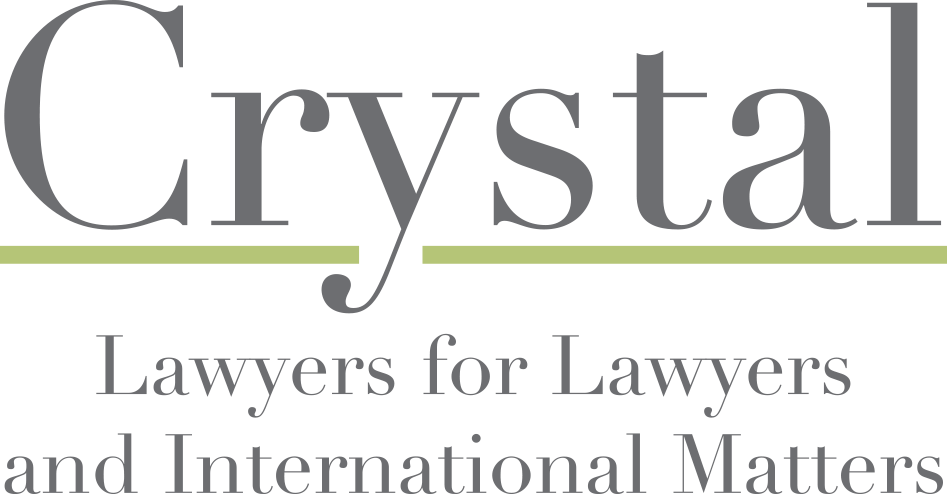Even in an era in which technology is enveloping the practice of law physical presence still matters, as shown by two recent decisions from California and New York.
In Arroyo v. TP-Link USA Corp., No. CV 16-1044 PA (KKx), 2016 BL 128659 (C.D. Cal. Apr. 19, 2016), the court held that a virtual office does not satisfy court rules that require designation of local counsel when an out-of-state counsel is seeking pro hac vice admission. The rule provides that a person may serve as local counsel only if the person is admitted to practice before the court and “maintains an office within the District.” The rule goes on to state that local counsel must be “an attorney with whom the Court and opposing counsel may readily communicate regarding the conduct of the case and upon whom documents may be served.” The court stated that “a bona fide office is more than a mere address-it is a functioning office. Mere rented office space lacks any of the indicia of office location, including where clients are met, where files are kept, where telephones are answered, where mail is received, and where counsel can be reached during business hours.”
Schoenefeld v. Schneiderman, 2016 BL 128636, 2d Cir., No. 11-4283-cv, 4/22/16, dealt with the constitutionality of N.Y. Jud. Law §470, which requires nonresident New York lawyers to maintain an “office for the transaction of law business” within New York to practice in state courts. The New York Court of Appeals on certification from the Second Circuit, held that the statute requires a nonresident New York lawyer who practices law in New York courts to have a physical office in the state. In Schoenfeld the Second Circuit held that the statute was constitutional because it had a legitimate purpose – providing for a place for service of nonresident lawyers – rather than protectionism of local lawyers. See more on this case here.
For more information, Nathan M. Crystal.
